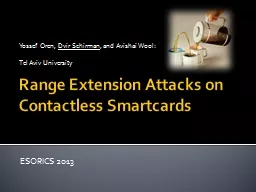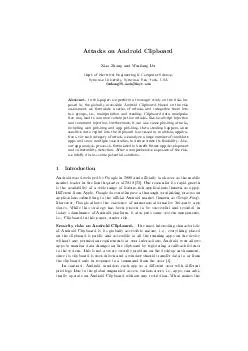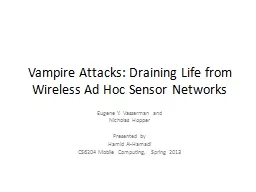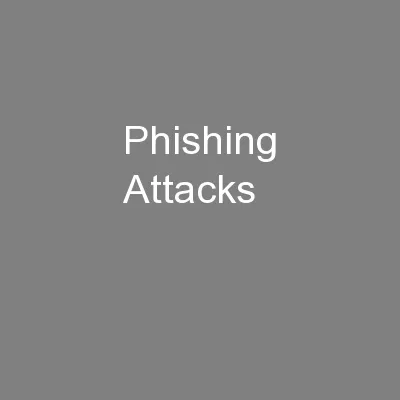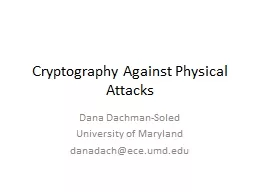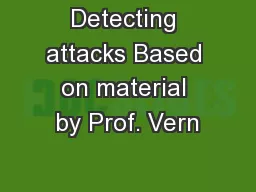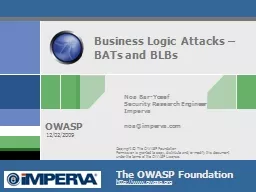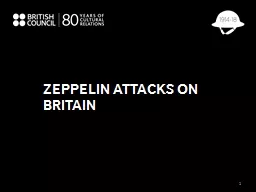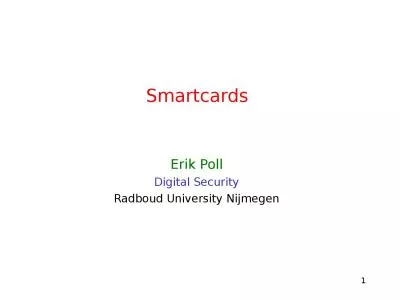PPT-Range Extension Attacks on Contactless Smartcards
Author : mitsue-stanley | Published Date : 2016-11-13
Yossef Oren Dvir Schirman and Avishai Wool Tel Aviv University ESORICS 2013 Agenda Introduction Contactless smartcards Attack motivation System design Experimental
Presentation Embed Code
Download Presentation
Download Presentation The PPT/PDF document "Range Extension Attacks on Contactless S..." is the property of its rightful owner. Permission is granted to download and print the materials on this website for personal, non-commercial use only, and to display it on your personal computer provided you do not modify the materials and that you retain all copyright notices contained in the materials. By downloading content from our website, you accept the terms of this agreement.
Range Extension Attacks on Contactless Smartcards: Transcript
Download Rules Of Document
"Range Extension Attacks on Contactless Smartcards"The content belongs to its owner. You may download and print it for personal use, without modification, and keep all copyright notices. By downloading, you agree to these terms.
Related Documents

